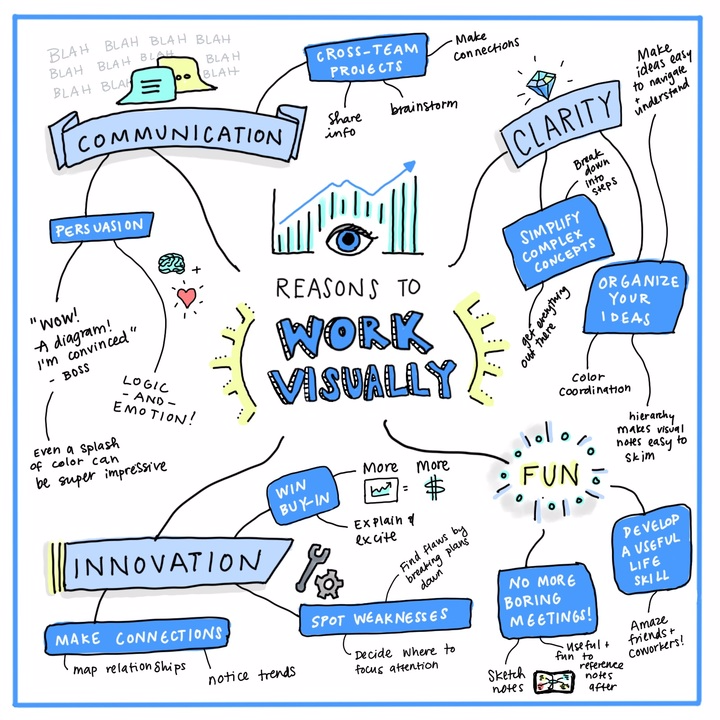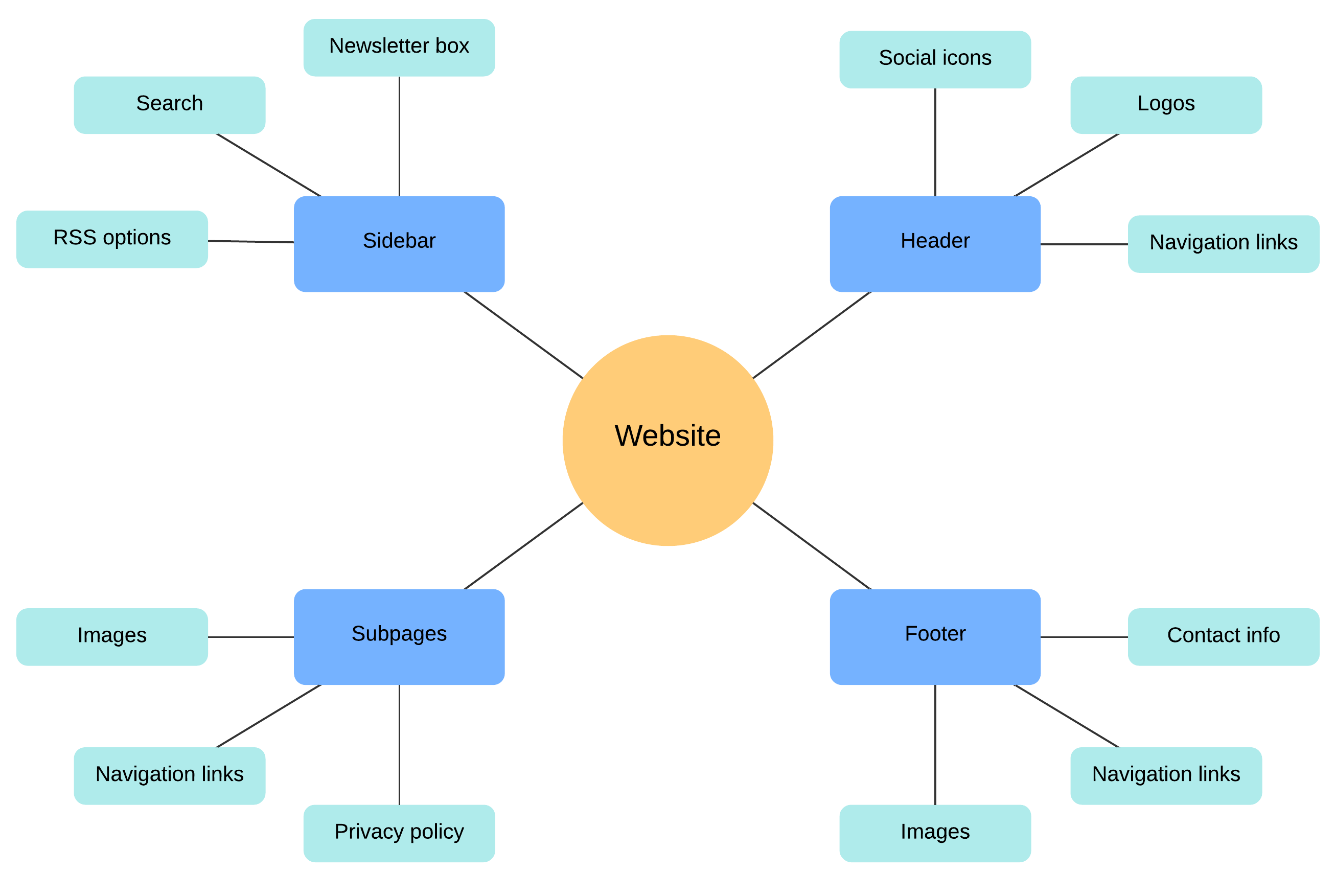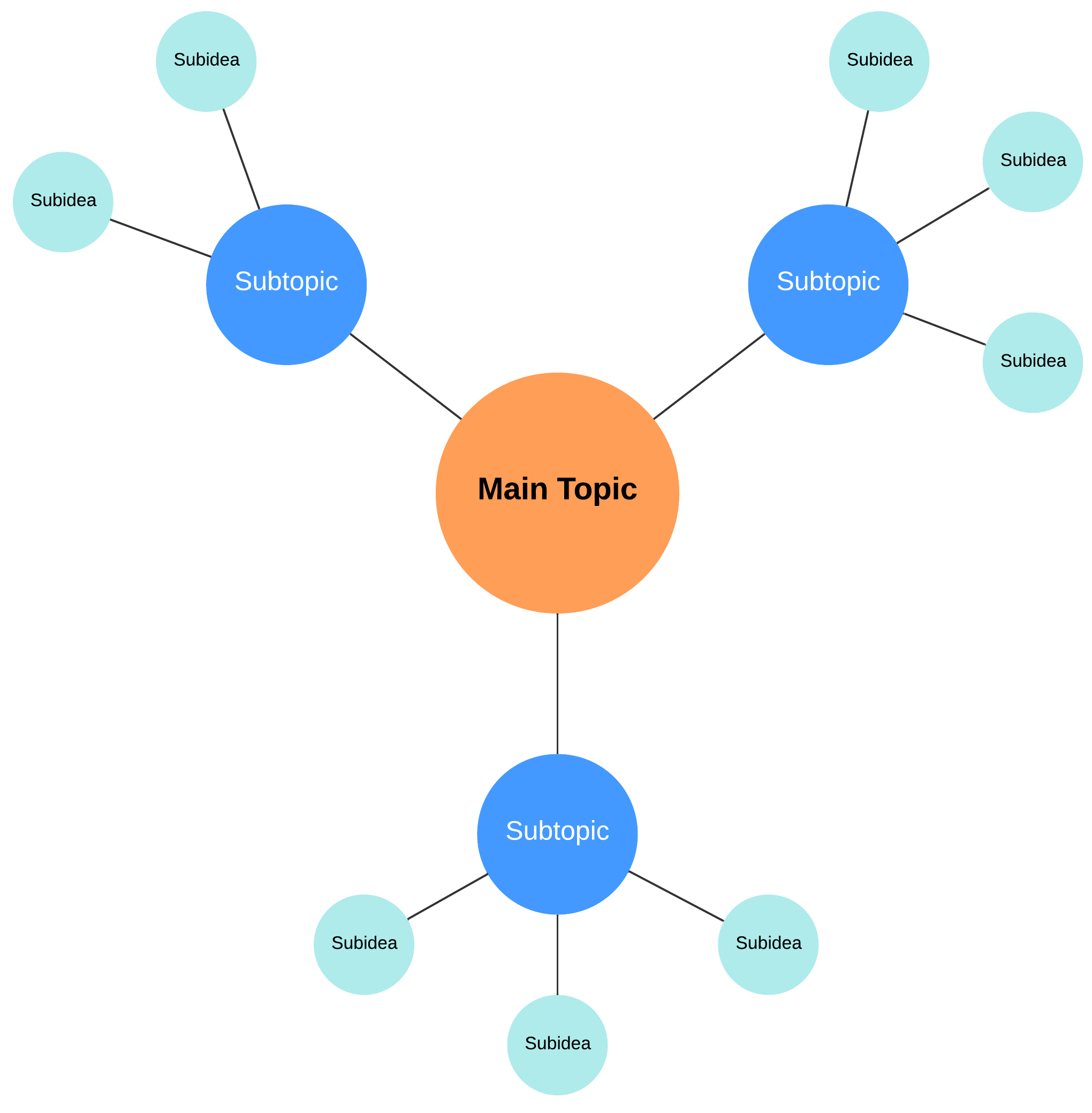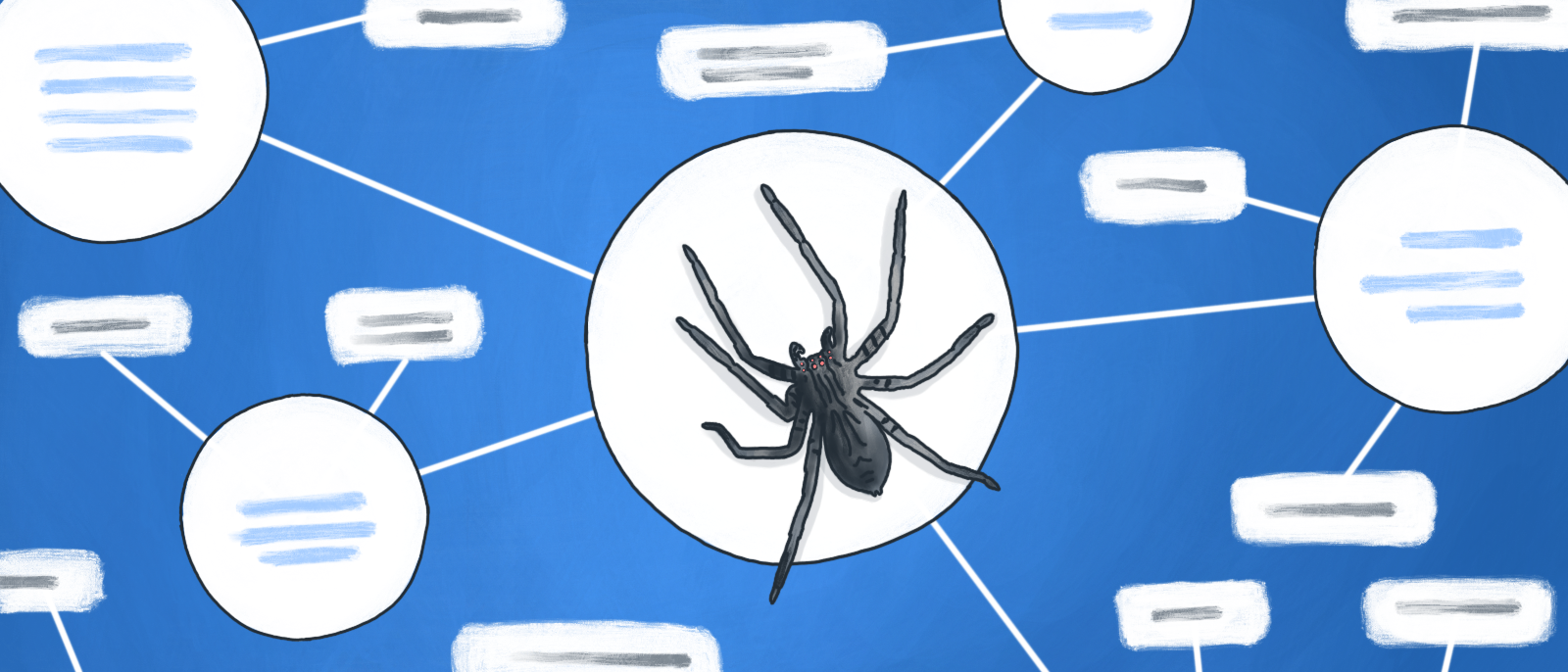What is a spider diagram?
A spider diagram is a visual brainstorming technique. Like the name suggests, you lay out your ideas to look a little like a spider, with a main idea in the middle and lines that branch out to add more insights or connected ideas.
When your brain feels full of brilliant ideas, but you’re not sure how to get them out, diagramming can unlock new insights and help you understand new concepts.
Whether you’re cramming for that last final, taking frantic notes at a business conference, or brainstorming a new project proposal, a spider diagram can be just what you need to remember complex concepts or turn your ideas into actionable objectives.

What is a spider diagram?
A spider diagram is a visual brainstorming diagram to help you organize concepts and ideas logically so that you can see a complete overview of all your information. It uses spatial organization, color, and images to break down topics.
A basic spider diagram starts with a main idea or topic in the center circle, with all subordinate ideas branching off of it. To add more details, you can further investigate certain aspects, make connections between ideas, and fill in the gaps.
Spider diagrams are very similar to mind maps. The main differences between the two are that spider diagrams do not always use color, and there are no specific rules on how to structure a spider diagram.
Benefits of making a spider diagram
- Think quickly and visually: Spider diagrams are quick and simple to make. They are easy for our brains to understand because, unlike linear notes, they closely reflect how our brains are structured.
- Increase focus and comprehension: A spider diagram forces you to focus on the overarching topic, review existing knowledge as you organize it, and assess comprehension to determine where you need additional learning or information.
- Spark creativity: A spider diagram prompts you to actively sort through information as you craft your diagram, make new connections, increase understanding, and surfaces additional ideas.
- Remember more: These diagrams are memorable thanks to their colors, pictures, simple keywords, and spatial structure. Plus, the act of building a spider diagram helps you more easily recall the information.
When to use a spider diagram
Spider diagrams can be useful for many activities, especially when planning or coming up with ideas.
- Writing: Create an overview of your subject matter and sort through your best ideas while also facilitating the discovery of new ones. You can also use it to organize your final ideas to streamline the writing process.
- Studying: Understand and stay accountable for what you already know. The areas where the web diagram is hard to fill out indicate where you need to study harder. The act of creating a spider diagram will help you recall the information later on.
- Brainstorming: Get your creative juices flowing by throwing out any and all ideas and organizing them in a spider diagram.
- Note taking: Make sense of the information you read or hear by putting your notes in a spider diagram, making it more digestible and memorable.
How to make a spider diagram
- Write the main topic or concept in the middle of the page and draw a circle around it.
- Draw lines from your main idea that lead out to each subtopic. These lines can have arrows or a circle at the end—there is no set structure to a spider diagram, so do whatever works best for you.
- Add subordinate ideas to your subtopics until you have all your information present in the diagram. Feel free to add color or customize the diagram any way you please.
To make things even easier, try starting with a Lucidchart spider diagram template. Open the template and fill in your own information, and then customize it to fit your needs.


Don’t want to start with a spider diagram template? You can start with a blank canvas in Lucidchart and drag and drop shapes to build a spider diagram of your choice.
How to make a spider diagram in Microsoft Office
What if you want to add a spider diagram as part of a business case, a school project, or other documentation? Because Lucidchart is integrated with Microsoft Office, you can easily insert your spider diagram in Word, Excel, and PowerPoint. Learn how to make a spider diagram map in Microsoft Word with our free add-on.
So next time you’ve got so many ideas that your brain feels like it’s bursting at the seams, remember that there is a quick and easy solution to give your thoughts a new and more effective home. Start with a spider diagram template or build your own, and never lose sight of any of those winning ideas ever again.

Explore more brainstorming techniques to encourage creativity and innovation.
Read nowAbout Lucidchart
Lucidchart, a cloud-based intelligent diagramming application, is a core component of Lucid Software's Visual Collaboration Suite. This intuitive, cloud-based solution empowers teams to collaborate in real-time to build flowcharts, mockups, UML diagrams, customer journey maps, and more. Lucidchart propels teams forward to build the future faster. Lucid is proud to serve top businesses around the world, including customers such as Google, GE, and NBC Universal, and 99% of the Fortune 500. Lucid partners with industry leaders, including Google, Atlassian, and Microsoft. Since its founding, Lucid has received numerous awards for its products, business, and workplace culture. For more information, visit lucidchart.com.
Related articles
Mind map templates and examples
Mind maps can help you brainstorm ideas, see new connections, and retain information. Start out with one of our mind map templates in Lucidchart!
Mind Mapping as a Tool for the Writing Process
Check out how Annika, a recent English graduate of the University of Michigan, used mind mapping in Lucidchart to develop her honors thesis.

